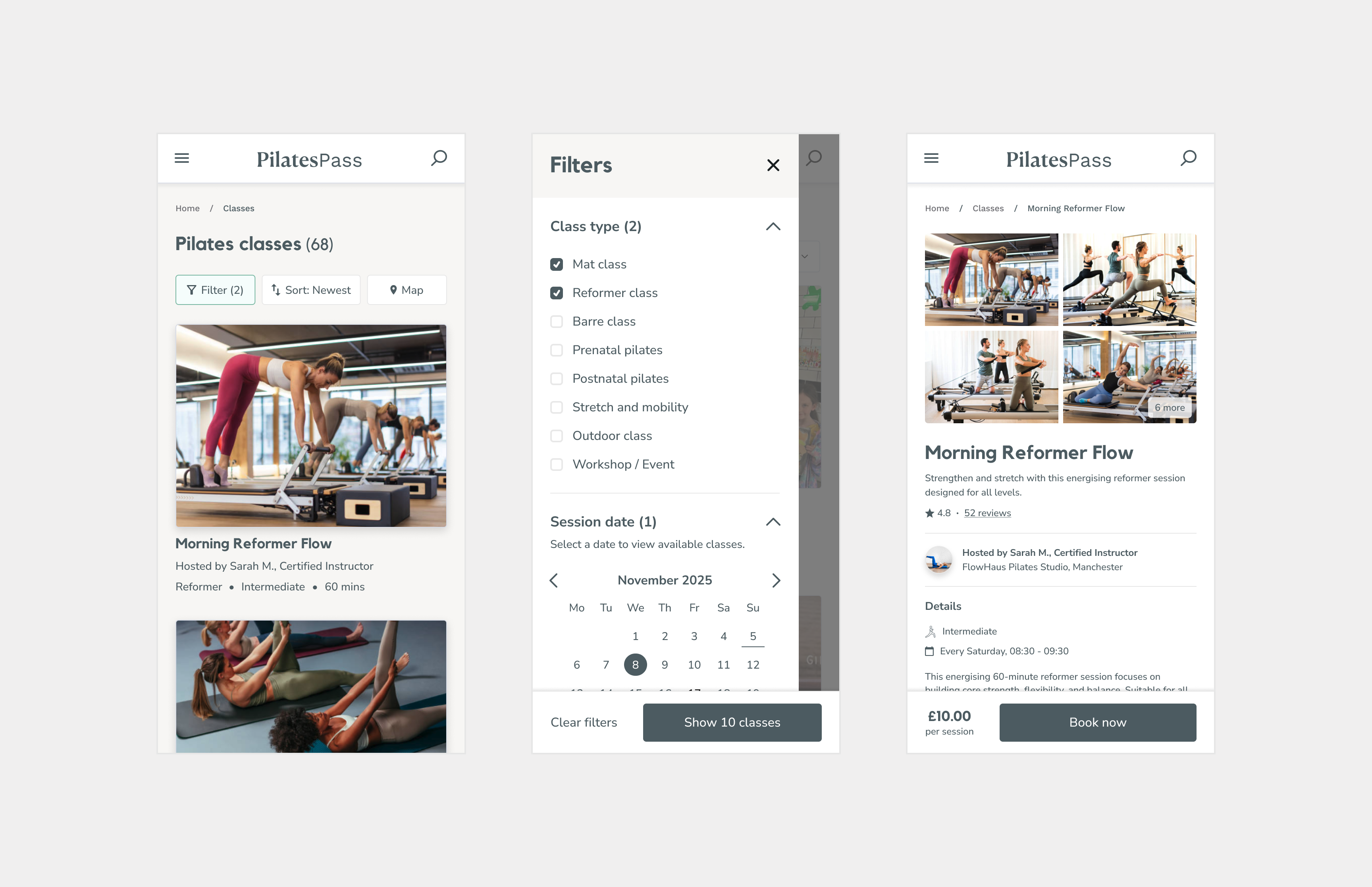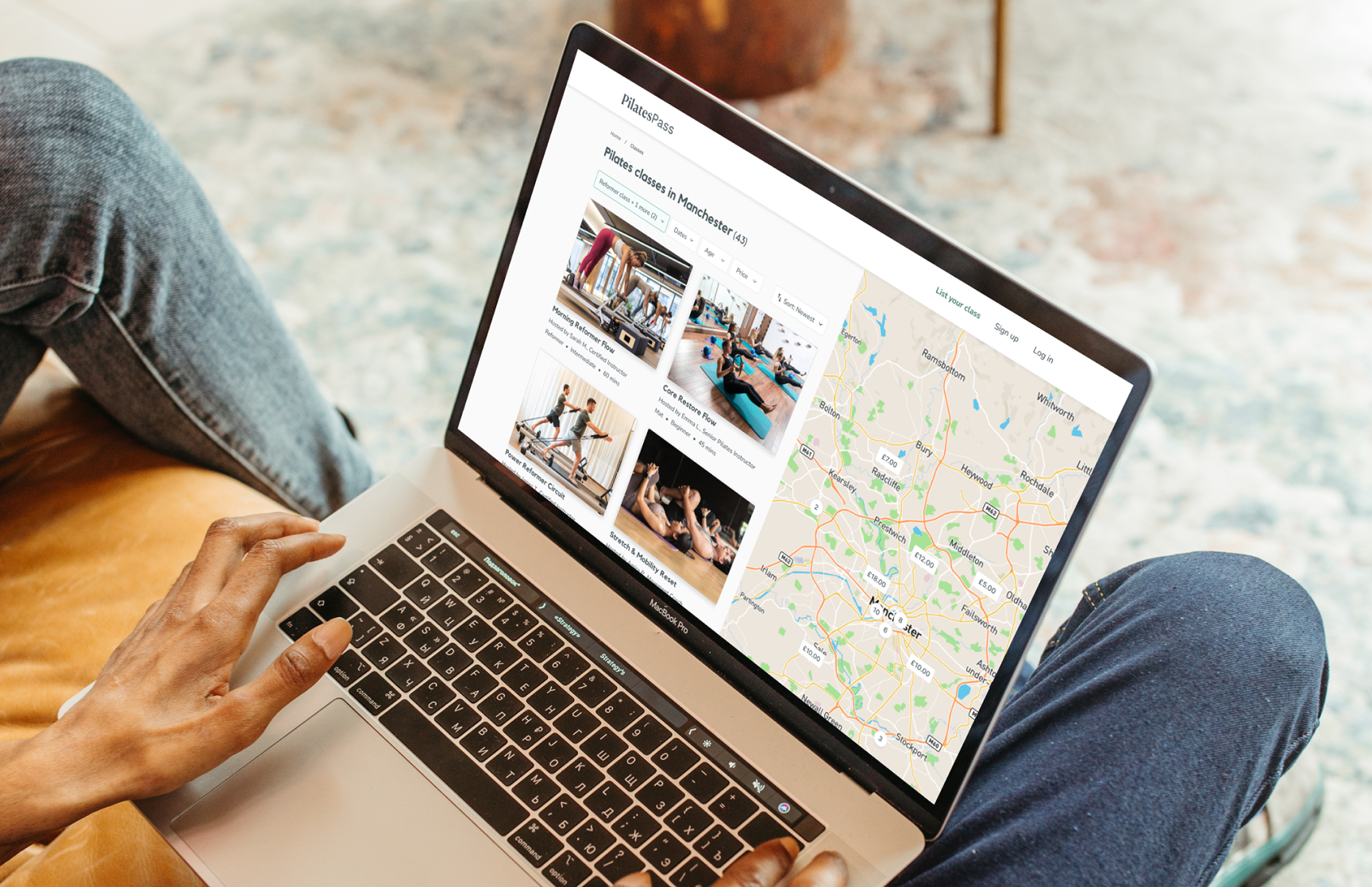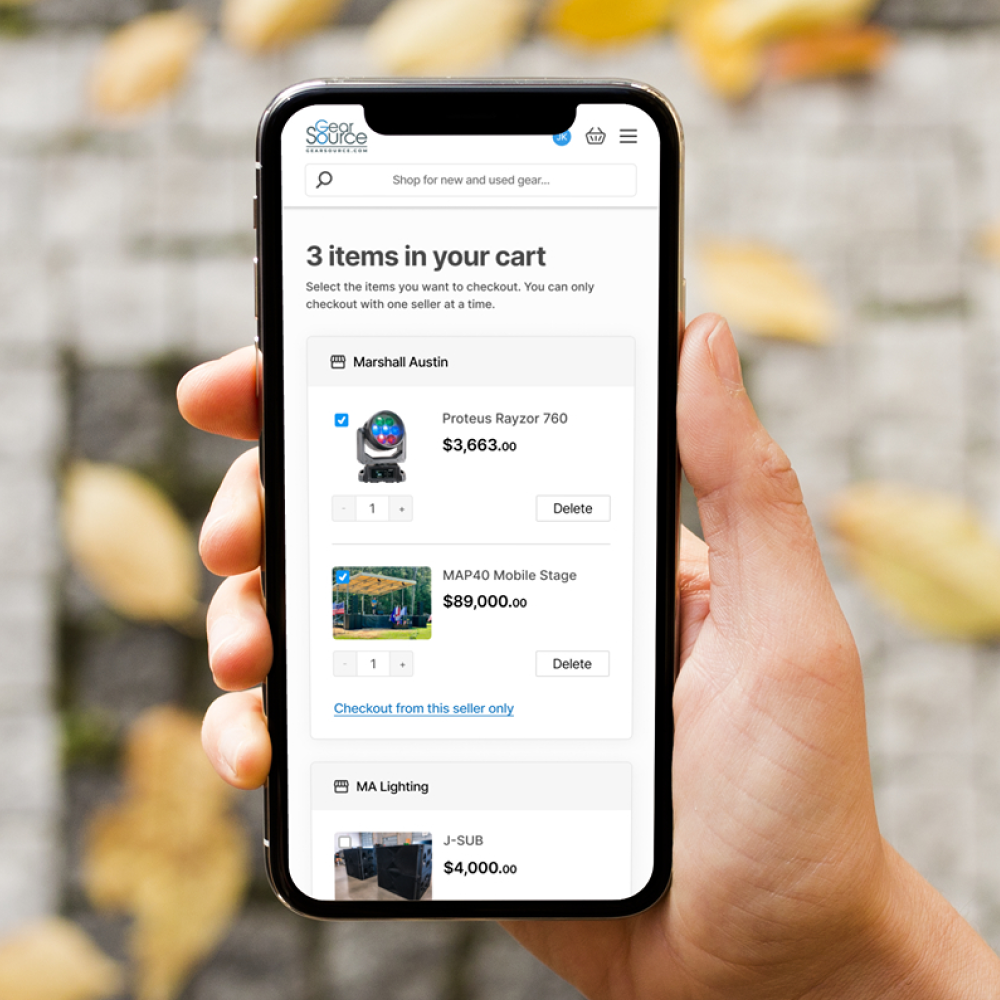



PilatesPass helps people discover, compare, and book Pilates classes, private sessions, and wellness workshops nearby. Its goal is to make booking straightforward and trustworthy for clients while helping independent instructors fill classes, manage their schedules, and grow their client base.
From the outset, I worked as part of a distributed team across time zones, relying on asynchronous tools such as Figma, Trello, Discord, and Loom for collaboration. This approach supported deep focus, clear documentation, and efficient feedback loops.
I led the design process from early strategy sessions through to final delivery, including framing user needs, mapping key journeys, and refining every detail before for handoff. Close partnership with engineering ensured design quality carried through to implementation.
Clients often found it difficult to locate quality Pilates instructors, compare class types, or understand availability. Information was scattered across multiple websites, social media pages, and word of mouth recommendations. Booking experiences were fragmented, and cancellations or double-bookings were common.
For instructors, the challenges were different but equally frustrating. They needed a simple, professional way to showcase their offerings, accept payments, handle schedules and communicate with customers without relying on manual processes or third party platforms that were not designed for their needs.
The design challenge was to create a single product that supported both audiences through a seamless and trustworthy experience, that felt effortless for customers and empowering for providers.

Our objectives were both strategic and user-centred:
Each of these goals informed both the product structure and the visual design system. We wanted every interaction to feel simple, reliable, and human.
End to end design leadership
I owned the full design lifecycle from discovery to delivery. This began with mapping the problem space and running collaborative sessions to understand user needs and business goals. I created early journey maps and wireframes to define the product architecture and tested concepts before moving into detailed design.
Throughout the process, I championed design clarity and a strong sense of consistency across both user types. This meant developing reusable components, layouts, and visual rules that could adapt easily to different use cases.
Remote and cross functional collaboration
Our team worked entirely remotely, which meant collaboration needed to be intentional and well structured. I established clear documentation and used asynchronous tools to share design updates and collect feedback.
I collaborated closely with the founders to align design direction with business priorities. I also worked closely with the product manager to refine flows and requirements, and with the engineering team to ensure designs were technically feasible. Regular design reviews and recorded walkthroughs helped maintain alignment and transparency across workstreams.

Data informed iteration
The founders conducted rounds of user testing with customers and providers, sharing insights and data with the team. I stayed close to this feedback and used it to refine user flows, simplify decision points, and make sure we were solving the right problems.
We treated the product as a living system, continually refining based on real behaviour and feedback. This approach helped us strike a balance between business objectives and user needs, and it shaped many of the micro interactions that made the experience feel thoughtful and dependable.
Collaboration and delivery
Throughout the project I delivered annotated Figma prototypes and component libraries alongside Loom video walkthroughs of my work. I would also jump on quick calls to discuss any clarifying questions or points that needed further discussion. This allowed the engineers to build confidently while maintaining visual and functional consistency. We iterated weekly, validating flows through testing with real customers and instructors.

PilatesPass was a project that combined thoughtful design craft with deep collaboration. It challenged me to think about how trust is built through digital experiences and how two distinct user groups can be supported within a single cohesive system.
Working asynchronously in a remote team reinforced the value of clear communication and well structured documentation. It proved that strong design outcomes do not depend on proximity but on shared clarity and purpose.
This project stands out as one of my proudest collaborations. It’s not just about the final visuals but about the process, and how a small, distributed team worked together to deliver a marketplace that helps real customers and small businesses thrive.

agile iteration / Systems thinking
Partnered with the founder, product, and engineering teams to design a fast moving B2B marketplace. Focused on system thinking, iterative delivery, and data informed decisions to create a cohesive, sustainable experience that evolves with the business.
View case study

scale / alignment / transformation
Redesigned an established B2B brand into a modern, two sided marketplace. Delivered system wide improvements across vendor tools, search, and dashboards, bringing teams together around a unified design vision and scalable design system.
View case study